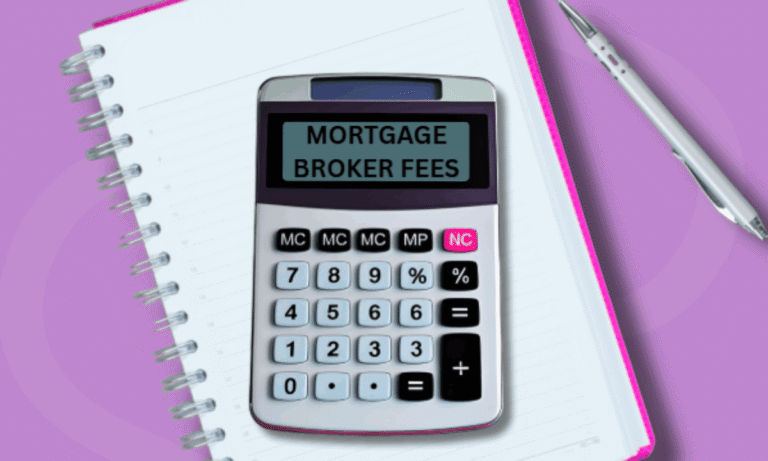What is an EMI Loan? How It Works
If you’ve ever taken a loan, whether for buying a car, a home, or even a smartphone, you’ve likely come across the term EMI Loan. EMI stands for Equated Monthly Installment, a repayment method that makes loans manageable by spreading them across fixed monthly payments. This system allows borrowers to enjoy financial flexibility while lenders ensure steady repayment. But what exactly is an EMI loan, how does it work, and why does it matter to you? Let’s explore this in detail.
What is an EMI Loan? (Definition for Featured Snippet)
An EMI Loan is a type of loan repayment method where the borrower repays the borrowed amount along with interest in equal monthly installments over a fixed tenure. Each EMI consists of a share of the principal and the interest, gradually reducing the outstanding balance until the loan is completely repaid by the end of the term.
How Does an EMI Loan Work?
When you take a loan, you borrow a lump sum amount from a lender. Instead of paying it back in one go, the loan is broken down into monthly installments.
Here’s how it works step by step:
- Loan Amount (Principal): The total money borrowed.
- Interest Rate: The charge for borrowing money, typically represented as a yearly percentage.
- Tenure: The repayment period, typically ranging from a few months to several years.
- EMI Calculation: The monthly installment is worked out using a formula that factors in the loan amount, interest rate, and repayment period.
- Monthly Payments: The borrower makes a set payment every month until the entire loan is settled.
👉 Example: If you borrow $10,000 at 10% annual interest for 2 years, your EMI will remain the same each month, but the proportion of interest and principal changes over time
EMI Loan Formula Explained
The standard formula for calculating EMI is:
EMI Formula:
EMI=P×r×(1+r)n(1+r)n−1EMI = \frac{P \times r \times (1 + r)^n}{(1 + r)^n – 1}EMI=(1+r)n−1P×r×(1+r)n
(Where P = Principal, r = Monthly Interest Rate, n = Number of Months)
Where:
- P = Principal loan amount
- r = Monthly interest rate (annual rate ÷ 12 ÷ 100)
- n = Loan tenure in months
This formula ensures that the borrower pays a consistent amount each month, simplifying budgeting.
Types of EMI Loans
Different financial products use EMI-based repayment. Here are the most common categories:
1. Personal Loan EMI
- Used for medical expenses, travel, weddings, or emergencies.
- Typically has higher interest rates compared to secured loans.
2. Home Loan EMI
- Allows people to buy or build homes.
- Extended repayment periods (up to 30 years) help lower the EMI amount, making them easier to manage.
3. Car Loan EMI
- For financing vehicles.
- Medium tenure with flexible down payment options.
4. Education Loan EMI
- Helps students cover tuition and living costs.
- Many banks offer a moratorium (no EMI) period until studies are complete.
5. Business Loan EMI
- For entrepreneurs and small businesses.
Used to expand operations, manage cash flow, or buy equipment.
Reducing Balance vs Flat Rate EMI
There are two main ways lenders calculate EMIs:
| Feature | Reducing Balance Method | Flat Rate Method |
| Interest Calculation | Charged only on outstanding balance | Charged on entire principal throughout |
| EMI Amount | Decreases over time | Stays the same |
| Cost to Borrower | Lower | Higher |
Most banks use the reducing balance method since it is fairer for borrowers.
Benefits of an EMI Loan
- Financial Flexibility – You don’t have to pay the loan in one lump sum.
- Easy Budgeting – Fixed monthly payments make expenses predictable.
- Credit Building – Regular EMI payments improve your credit score.
- Wide Access – EMI is available on loans, credit cards, and even consumer purchases.
- Customizable Tenure – You can choose between shorter or longer repayment terms.
Things to Consider Before Taking an EMI Loan
- Interest Rates: Compare rates across lenders.
- Processing Fees: Check for hidden charges.
- Prepayment Options: Some loans allow early closure with penalties or without.
- Credit Score Impact: Missing EMI payments lowers your creditworthiness.
- Debt-to-Income Ratio: Make sure your monthly earnings are sufficient to handle EMI payments without straining your budget.
👉 “Check out our loan calculator tool here.”
EMI Loan vs Credit Card EMI
Today, several banks and retailers provide “No-Cost EMI” options on items such as smartphones and appliances. However, how does this differ from a regular EMI?
| Factor | EMI Loan | Credit Card EMI |
| Source of Loan | Bank/NBFC | Credit Card Issuer |
| Usage | Cash disbursement (personal, car, home loan) | Product purchases (electronics, travel, etc.) |
| Interest Rate | Varies (8%–18%) | Often higher, unless no-cost EMI |
| Tenure | Few months to years | Usually 3–24 months |
FAQs About EMI Loans
1. What does EMI stand for in loans?
EMI means Equated Monthly Installment, a fixed monthly payment that includes both principal and interest.
2. Is EMI the same every month?
Yes, the EMI amount remains constant, but the principal-to-interest ratio changes over time.
3. Can I change my EMI amount?
Yes, by extending or shortening the tenure, refinancing the loan, or making part prepayments.
4. What happens if I miss an EMI?
You may face late payment charges, higher interest, and a negative impact on your credit score.
5. Which method of EMI calculation is better?
The reducing balance method is more cost-effective than the flat rate method.
6. Can I foreclose an EMI loan early?
Yes, but check if your lender charges a prepayment penalty.
7. Is No-Cost EMI really free?
Not always. Sometimes the cost is adjusted in the product price or borne by the retailer.
8. Do EMI loans affect credit score?
Yes, timely EMI payments improve your score, while defaults damage it.
9. Can I take multiple EMI loans at once?
Yes, as long as your income supports the repayment capacity.
10. Are EMI loans available for small purchases?
Yes, many banks and retailers offer consumer durable loans or card-based EMIs for electronics, furniture, and appliances.
Conclusion
An EMI Loan is one of the most practical ways to finance your needs without burdening your finances. Whether it’s buying a home, funding education, or covering emergencies, EMI repayment makes loans more accessible and manageable.





